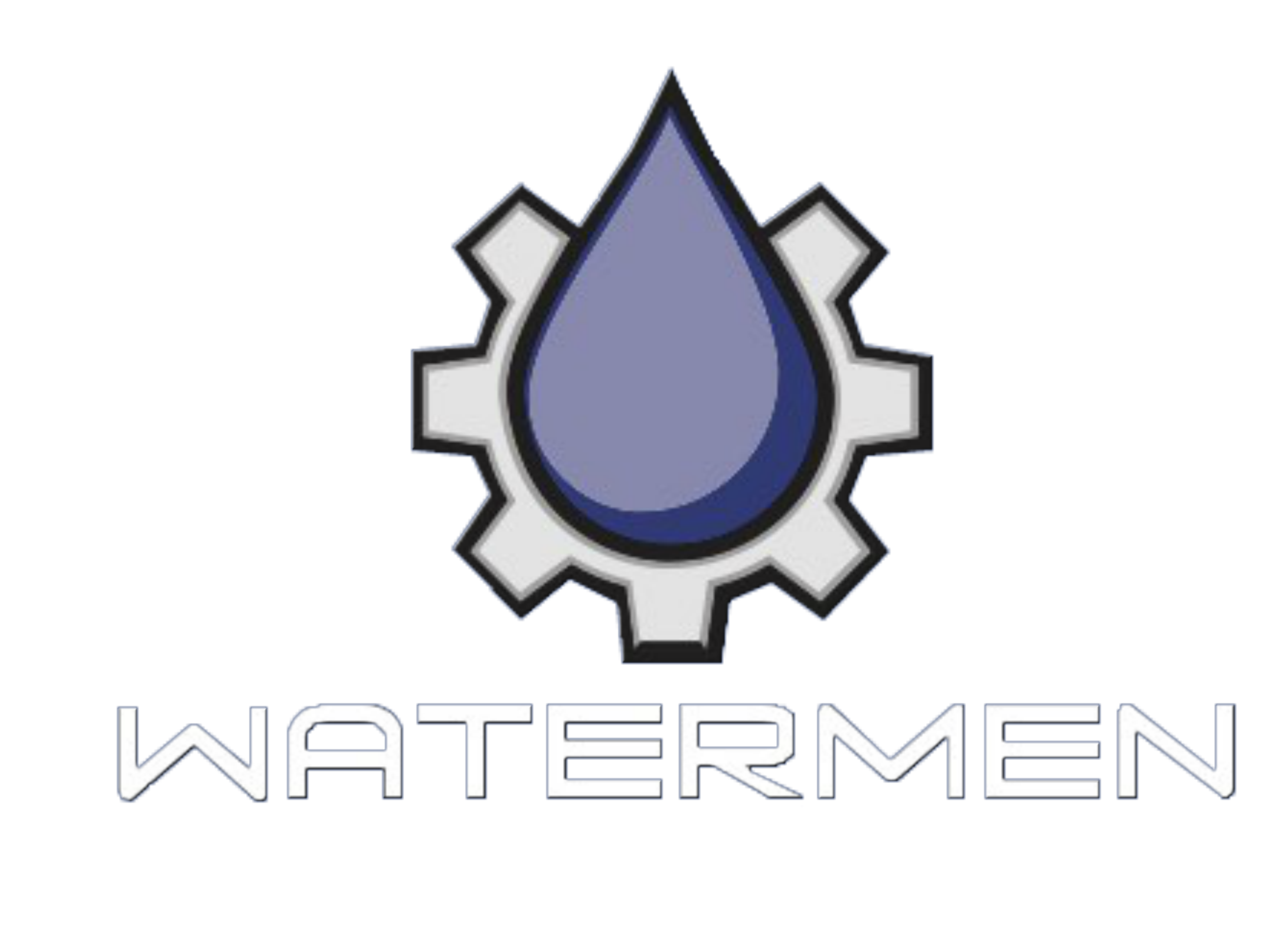3. In a rectangular unit there is not much depth for solids separation, so flocculant aid chemicals are used at double the rate used in Watermen DAF units to “over-flocculate” the solids to prevent carryover.
4. The Watermen DAF units can be run in total recycle, meaning all the flow is pressurized and can be recirculated between the separator tank and surge tank for as long as necessary to add a higher chemical dosage, readjust pH, and reduce C.O.D, B.O.D., or TSS. Watermen DAF units can be run in full recycle to clean the unit itself. No other DAF system on the market has that advantage. Other units are only internally recycled and, if water is not up to standards, a recycle line to the head of the WWTP must be piped.
5. Watermen DAF’s have a self-cleaning feature so that when new effluent is brought in the discharge stays perfectly clean. Other DAF units usually produce poor quality water the first 5-10 minutes of discharge which has caused quality violations.
6. Watermen DAF units can be packaged up to 200-gpm flow in a skid mounted unit, 22 feet by 11 feet with the chemical tanks, chemical pumps, circulation pumps, surge tank, air tank, recycle system, and electrical system included. The only requirements are the influent and effluent lines and electrical supply. Units can easily move from site to site. The footprint of other DAF units require that all of the components listed above be installed separately taking up to several months to construct. The Watermen DAF unit can be erected within 6 hours. In order to seal against the elements, the final process for Watermen DAF units is to be coated with Carboline epoxy paint.


